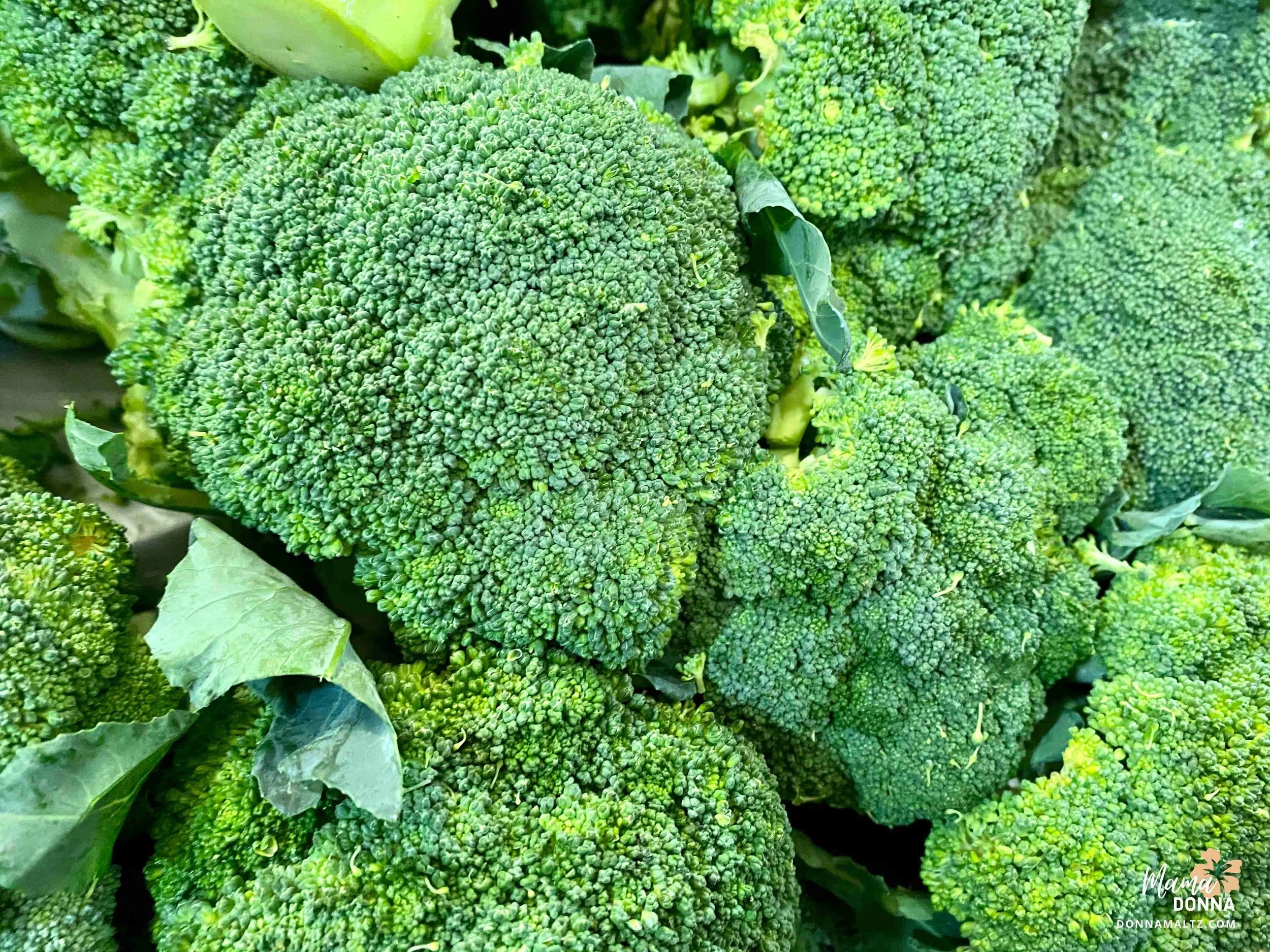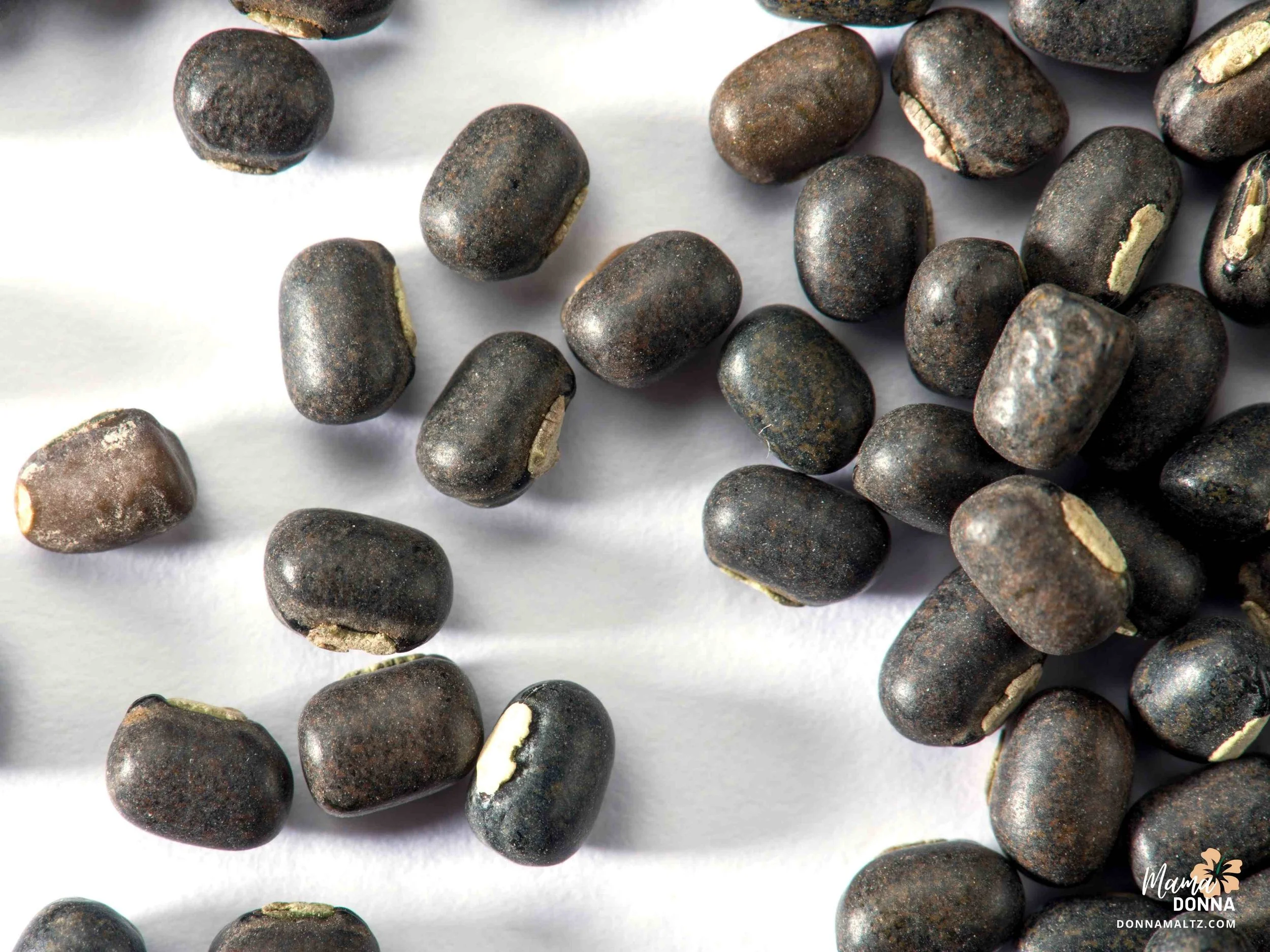🥦Recommended Foods for Diabetes, some that you might not have heard of!
Hope this finds you well and one of the 37 million people in the USA that does not have diabetes. Perhaps you might have this dis-ease and not even know it. Diabetes is a chronic (long-lasting) health condition that affects how your body turns food into energy. It is a nationwide epidemic and global problem that continues to escalate as the quality of our food and level of activity decreases. So what are you doing to prevent or cure yourself from this chronic health condition?
I was diagnosed as pre-diabetic a few years ago. Go figure, after working in my bakery cafe for 37 years, I must have eaten a thousand pounds of sugar, and who knows how many loaves of sourdough bread, stacks of blueberry pancakes, and pecan sticky buns…. Now a senior citizen, every day offers new challenges and opportunities to heal and prevent diabetes and all those nagging aging things that unexpectedly appear.
There are plenty of reasons to take diabetes seriously and just as many things we can to prevent and heal.
According to Centers for Disease Control and Pervention:
More than 37 million people in the United States have diabetes, and 1 in 5 of them don’t know they have it.
96 million US adults—over a third—have prediabetes, and more than 8 in 10 of them don’t know they have it.
Diabetes is the 7th leading cause of death in the United States (and may be underreported).
Type 2 diabetes accounts for approximately 90% to 95% of all diagnosed cases of diabetes; type 1 diabetes accounts for approximately 5-10%.
In the last 20 years, the number of adults diagnosed with diabetes has more than doubled as the American population has aged and become more overweight or obese.
Below are some recommended food and snacks for diabetics.
Brewer’s yeast is a wonder food. It is rich in traces of mineral chromium. This mineral helps the pancreas produce more insulin. It is one of the best supports for normal handling of sugar by the body. According to an article by Dr. Richard J. Doisy and others, which appeared in the Medical World News, Brewer’s yeast has lowered the insulin requirements of many diabetes patients.
Broccoli
Broccoli is a relative to cauliflower and has long been a popular food in Europe. This vegetable has proved to be an effective anti-diabetic food. It is a rich source of chromium, a trace mineral that seems to lower blood sugar. This trace mineral regulates blood sugar, thereby often reducing the medication and insulin needs of diabetes. In cases of mild diabetes, chromium may prevent the onset of the full-fledged disease. If a person’s glucose tolerance is on the border, chromium can help control it. Even low blood sugar levels can be brought to normal with chromium.
Nuts and seeds, provided they are prepared right, are a delicious and nutritious no-carb snack that travels well in resealable containers, preferably glass.
Nuts and seeds are full of protein and healthy fats that your body can use to rebuild cells to keep your body healthy. They also contain vitamins and minerals that can be hard to find in other places.
Watch out, as some nuts come sweetened, such as honey roasted and salted. This can add unwanted carbs, sugars, and sodium.
Curd injects friendly bacteria into the digestive system that stimulate the pancreas. It also washes the pancreas of its acids and wastes. These cleansing actions enable the pancreas to perform much better and thereby help in the production of insulin.
Garlic
In scientific trials, garlic and its constituents have been found to lower blood sugar in diabetes. This vegetable is rich in potassium, which effectively replaces the large quantities of potassium lost in the urine of diabetics. It also contains zinc and sulfur, which are constituents of insulin. Some authorities believe that low levels of zinc may be one of the factors responsible for the onset of diabetes. Garlic also contains manganese, a deficiency that can contribute to diabetes.
Garlic constituents appear to act by blocking the inactivation of insulin in the liver. The result is higher blood insulin levels and lower blood sugar.
Garlic has other benefits for diabetes besides lowering blood sugar. It prevents arteriosclerosis, which is a common complication of diabetes, and relieves body pain. Diabetics can take the equivalent of one or two cloves of garlic a day in any form they like, either raw or cooked in food or as capsules. Garlic milk, prepared by adding four cloves of crushed garlic to 110 ml of milk, is one good way of taking garlic. The best way, however, is to chew raw garlic thoroughly first thing in the morning.
Vegetables are another no-carb, no-sugar snack that you can feel good about. Depending on the vegetable, these offer all kinds of healthy vitamins and minerals. They also offer dietary fiber, which is hard to find in foods that don’t bring carbs along for the ride.
Carrot sticks, snap peas, broccoli, and cauliflower are a few options that taste good and won’t get too funky if you can’t manage to keep them cold. Keeping vegetables cold isn’t as important as keeping eggs cold, but they’ll retain that crunch and snap better if you are able to keep them chilly.
You may be tempted to add some salad dressing as well, but these are also full of carbs and sugars. If you have to dip them, try to do so in yogurt with no sugar added or in a soft cheese like cottage cheese, which is also free from carbs and sugars.
Bengal gram, also known as chickpea, is a widely used and important component of the Indian diet. It is a valuable anti-diabetic food. Experiments have shown that the oral ingestion of the water extract of Bengal gram increases the utilization of glucose in diabetics as well as normal people. In a study conducted at Central Food Technological Research Institute in Mysore, the requirement of insulin for chronic diabetes patients decreased from 40 units a day to 20 units when kept on a diet that included liberal supplements of Bengal gram extract.
Diabetic patients who are on a restricted diet, which does not severely limit the intake of carbohydrates but includes liberal amounts of Bengal gram extract, have shown considerable improvement in their fasting blood sugar levels, glucose tolerance, urinary excretion of sugar, and general condition.
Bitter Gourd
The bitter gourd is a common vegetable cultivated extensively. It has excellent medicinal virtues. This vegetable has been used as fold medicine for diabetes since ancient times. Research has established that it contains an insulin-like principle designated as plant-insulin, which has been found beneficial in lowering blood and urine sugar levels.
Bitter gourd is thus an effective anti-diabetic food and should be included liberally in the diet of a diabetic.
Juice of three or four bitter gourds taken every morning on an empty stomach has been found more effective than eating fruits. The seeds of bitter gourd can be powdered and added to regular meals. A decoction prepared by boiling chopped bitter gourd water is equally effective, as is its dry powder mixed with liquid foods.
Bitter gourd is rich in all essential vitamins and minerals, especially vitamins A, B1, B2, C, and iron. Its regular use, therefore, prevents many complications associated with diabetes, including hypertension, eye complications, neuritis, and the defective metabolism of carbohydrates.
Black Gram, also known as Kala Chana and as black chickpeas, brown chickpeas, or whole brown chana. This low-glycemic pea is packed with nutrients and is a great protein, dietary fiber, and complex carbohydrate source. It is also low in fat with zero cholesterol. All of this makes for a great choice for those with diabetes.
Black gram is a highly prized pulse in India. It is known as an anti-diabetic food. Germinated black gram, taken with half a cup of fresh bitter gourd juice, forms an effective remedy for treating mild types of diabetes. It should be taken once a day, for three to four months, with a restricted intake of carbohydrates.
In severe diabetes, regular use of this combination effectively complements other treatments. It is also a useful health food for preventing complications due to malnutrition in diabetes. Milk prepared by grinding sprouted whole black gram is also recommended for diabetics.
Unless you are allergic to peanuts, they are valuable in diabetes. A recent study has found that peanuts are a great nutritious snack to include in your diet. According to a recent article in Diabetes Council, they help you regulate your blood sugar to prevent type 2 diabetes. Because they are legumes, they are closer to beans than actual nuts, so they include all the same properties as beans and even peas.
The great thing about peanuts is that you can incorporate them into your diet in a variety of ways.
When it comes to your health, the best recommendation is to be proactive. Remember, it is YOUR health. Learn something new every day that will improve your health. I learned long ago that stress is the number one killer and contributes to all chronic illnesses, and getting out into Nature is the best stress reliever. So why get out every day and take a mindful, meditative walk in Nature?
The closer we get to Nature, the closer we get to our true Nature, and the healthier we are.
As always, I look forward to your feedback, input, and participation in the Soil to Soul community as we strive to live, eat and work like the future matters.
Wouldn’t you like go feel spectacular about giving?
💰$$$💰
This holiday season, shop ecospired and feel how good it can feel to give.
Double your giving knowing all profits this holiday season and always, will go to preserve Nature♥️🌍
🎁😃
Join our Soil to Soul De-stress and Thrive Community 🌈
Wouldn’t you like to be part of a supportive, fun and
positive community?

















